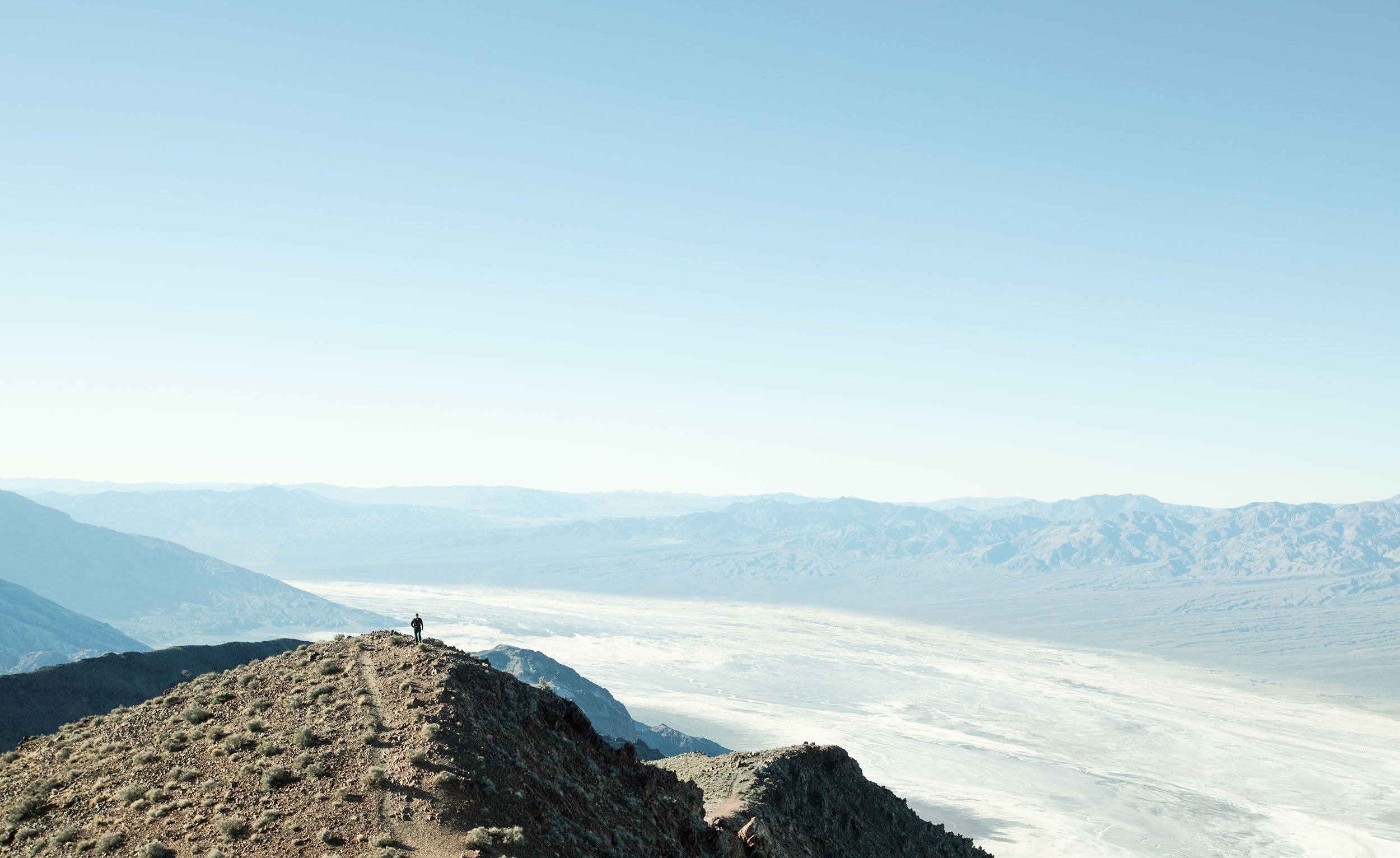Why Scale Matters: Enhancing Your Travel Photography
Dante’s View - Death Valley
For the past two nights, we have been staying in a bed and breakfast on the Isle of Skye in Scotland. Today, we will head east towards Aberdeen, north to Dundee, and then to Edinburgh for the final few days. Photographing the Scotland landscape has been challenging so far, as, in hindsight, I should have brought some range. I have been thinking about scale while travelling around the landscape of Scotland. There are many monumental, impressive sights around Scotland which can be difficult to capture. Travel photography is more than just capturing landscapes or famous landmarks—it’s about conveying their place in the environment, stature, and presence amongst their surroundings.
What is Scale in Photography?
In photography, scale establishes a relationship between elements by referring to an object’s relative size within its environment. As photos are two-dimensional, having a reference is essential, as without the three-dimensional actuality of being there, it can be challenging to know the expansiveness of a scene. Scale is used to produce a sense of grandness, emphasize the minuteness of details, and establish the relationship between different elements in a photograph.
The Importance of Scale
Creating a relationship between the size of objects in photos can significantly impact a photograph’s visual appeal and storytelling ability. When travelling, you will experience grand and impressive scenes and places that will create awe from their complexity and beauty. The transition from a three-dimensional experience with depth and distance into a two-dimensional photograph that is flat and static image can be challenging. Transferring the emotion takes planning, an eye for composition, and sometimes a little luck.
How to Add Scale
Using a human element or manufactured object is the most common way of adding scale to help viewers understand the size and significance of subjects within the scene. Having a person within the composition will allow the viewer to understand the larger scene they are looking at quickly. After all, everyone knows how big a person generally is. Photographers can create depth and relationships by including objects of different sizes in the frame. This adds visual interest and can draw viewers deeper into the composition. A sense of scale is essential to our photo’s impact and lasting impression on the viewer. When a scene contains elements of any size or unknown subjects, adding recognized subjects is vital. Some examples include people, animals, or cars. But sometimes, your item must be more prominent when a scene is so big. Something as small as a person will be lost in the composition, quickly becoming invisible. Several structures, or even a small town, become that item.
Conclusion
Scale in photography refers to the relationship between the size of objects within a photograph and their surroundings. It is crucial in establishing perspective and conveying the depth and size of subjects depicted in a two-dimensional picture. By including references like people or recognizable objects, viewers can recognize the relative size and significance of elements within the composition. Scale ensures that viewers can interpret and appreciate the dimensions of a scene that might otherwise be lost in the translation from three-dimensional reality to a photograph.
